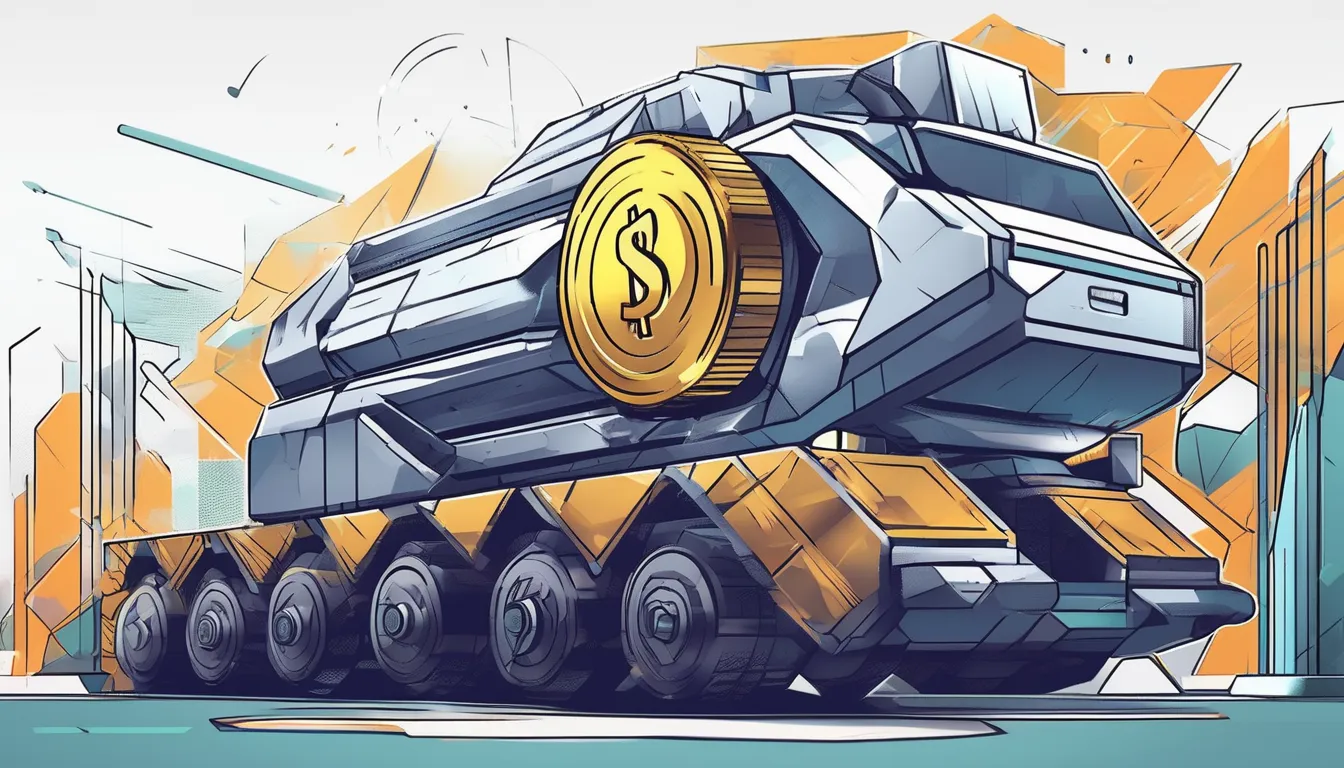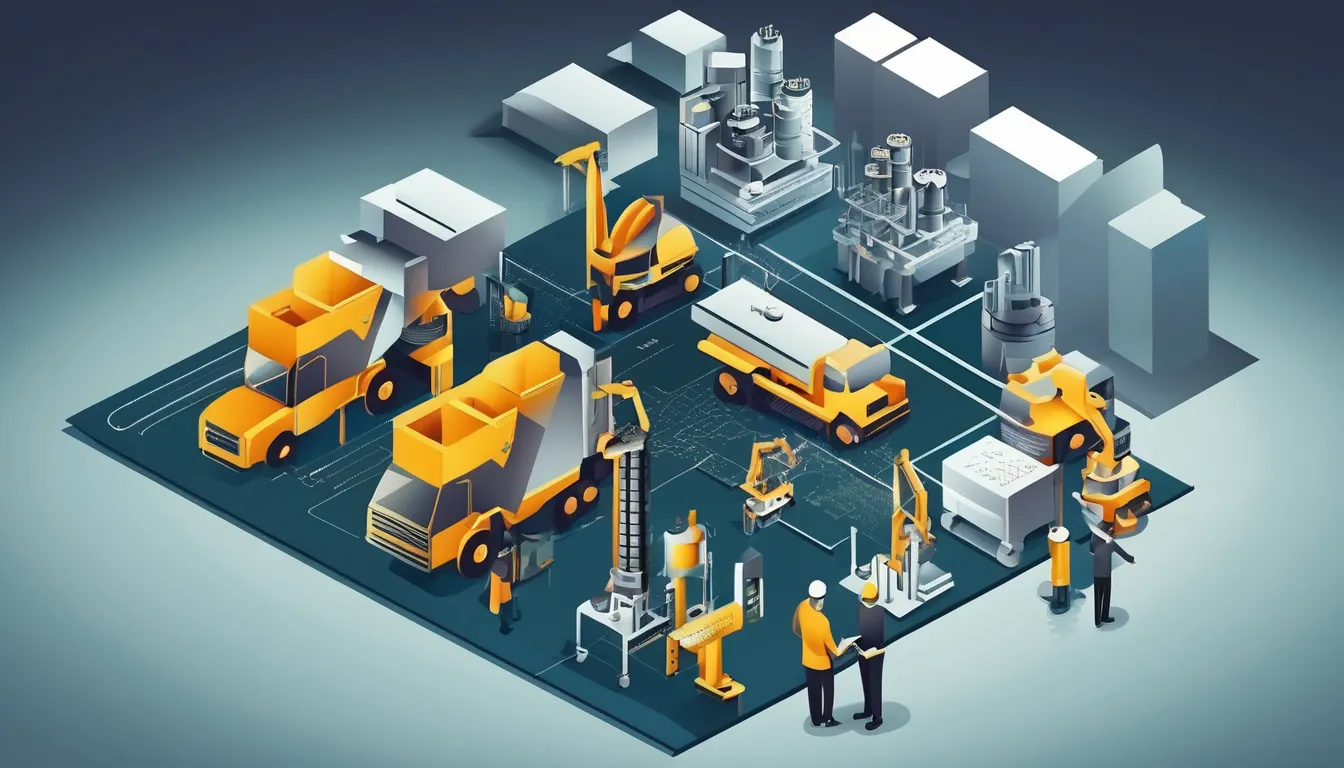Imagine walking into a situation where blood, bodily fluids, or toxic chemicals are present. You’ll likely feel a mix of concern and uncertainty about how to safely handle the cleanup. If you’re not properly trained and equipped, attempting to clean up these biohazardous materials can put you and others at risk of infection or exposure to harsh chemicals. In such situations, it’s essential to call in the experts. But what exactly does it take to become a specialized biohazard cleanup professional, and what sets their process apart from a standard cleanup?
Types of Biohazardous Situations
When dealing with biohazardous situations, you’ll encounter a variety of scenarios that require specialized cleanup and remediation. These situations can arise from various sources, including crime scenes, accidents, and unattended deaths.
Crime scenes, Moldman Atlanta North instance, often involve biohazardous materials like blood and bodily fluids that must be handled and disposed of properly.
Accidents involving chemicals, fuels, or other hazardous substances can also create biohazardous situations. These types of incidents require immediate attention to prevent further contamination and ensure a safe environment.
Unattended deaths, where a body is left undiscovered for an extended period, can also lead to biohazardous situations. In such cases, specialized cleanup and remediation services are necessary to restore the area to a safe and healthy state.
Additionally, biohazardous situations can also arise from animal infestations, mold outbreaks, and sewage backups. It’s essential to recognize these scenarios and respond accordingly to prevent further harm to people and the environment.
Risks of Improper Cleanup
A single misstep in the cleanup process can put you and others at risk of serious health consequences. When dealing with biohazardous situations, it’s crucial to follow proper procedures to prevent exposure to harmful pathogens. If you don’t, you may be at risk of contracting diseases like HIV, hepatitis, or tuberculosis.
You also risk spreading these diseases to others through secondary exposure. For example, if you don’t properly disinfect your equipment and clothing, you can transfer pathogens to other people or surfaces, creating a chain reaction of contamination.
Furthermore, improper cleanup can lead to long-term health effects, such as organ damage or cancer, if you’re exposed to toxic substances like chemicals or heavy metals.
In addition to health risks, improper cleanup can also lead to emotional trauma and financial burdens. If you’re not properly trained or equipped to handle biohazardous situations, you may experience anxiety, stress, or PTSD.
Moreover, you may be held liable for any damages or injuries resulting from your negligence, which can lead to costly lawsuits and financial ruin.
Specialized Equipment and Gear
How effectively can you protect yourself from biohazards without the right gear? The answer is, not very well.
Specialized equipment and gear are crucial for ensuring your safety when dealing with biohazards. You’ll need personal protective equipment (PPE) such as gloves, masks, and suits to prevent skin contact and inhalation of pathogens.
Your gear should also include eye protection, such as goggles or face shields, to prevent exposure to airborne pathogens.
In addition, you’ll need specialized cleaning equipment, like HEPA-filter vacuums and disinfectant sprayers, to safely remove and disinfect biohazardous materials.
Don’t forget about the importance of having a reliable and efficient way to dispose of biohazardous waste. This typically includes using sealed containers or bags specifically designed for biohazardous materials.
Having the right equipment and gear on hand can significantly reduce the risks associated with biohazard cleanup and help you stay safe in the process.
Investing in high-quality, specialized equipment is essential for effective and safe biohazard cleanup.
Importance of Professional Training
You can’t just walk into a biohazard cleanup situation without proper training and expect to stay safe. The risks involved are too great, and the consequences of not knowing what you’re doing can be severe.
Professional training is crucial for anyone involved in biohazard cleanup. It’s not just about knowing how to use the equipment; it’s about understanding the risks, knowing how to protect yourself and others, and being able to respond to unexpected situations.
When you’re dealing with biohazards, you need to know what you’re up against. Here are some key things professional training will teach you:
- *How to identify and assess biohazard risks*: You’ll learn how to recognize the signs of a biohazard and determine the level of risk involved.
- *How to use personal protective equipment (PPE) correctly*: You’ll learn how to put on and take off PPE, and how to use it to minimize your exposure to biohazards.
- *How to handle and dispose of biohazardous materials*: You’ll learn how to handle biohazardous materials safely, and how to dispose of them in accordance with regulations.
- *How to respond to emergencies*: You’ll learn how to respond to unexpected situations, such as spills or exposures, and how to minimize the risks to yourself and others.
Restoration and Disinfection Process
With the risks associated with biohazard cleanup and the importance of professional training understood, it’s time to focus on the actual restoration and disinfection process. When you’re dealing with biohazardous materials, it’s crucial to follow a step-by-step process to ensure your safety and the safety of others.
The first step is to assess the situation, identifying the type and extent of the biohazard. This will help you determine the necessary equipment and personnel needed for the cleanup.
Once you’ve assessed the situation, you’ll need to contain the biohazard to prevent it from spreading. This can be done using physical barriers, such as plastic sheeting, or negative air pressure machines to prevent airborne pathogens from escaping.
Next, you’ll need to remove any visible signs of the biohazard, such as blood or bodily fluids. After removal, the area will need to be thoroughly disinfected using specialized cleaning agents and equipment.
The final step is to restore the area to its original state, which may involve repairing or replacing damaged materials. Throughout the process, it’s essential to follow strict protocols and guidelines to ensure your safety and the safety of others.
Conclusion
You’ve seen the importance of specialized biohazard cleanup in hazardous situations. It’s clear that attempting to handle these situations on your own can put you and others at risk. Don’t take that chance – leave it to the professionals who have the training, equipment, and expertise to get the job done safely and effectively. By hiring a specialized biohazard cleanup service, you’ll ensure the situation is handled with care and the area is restored to a safe state.



